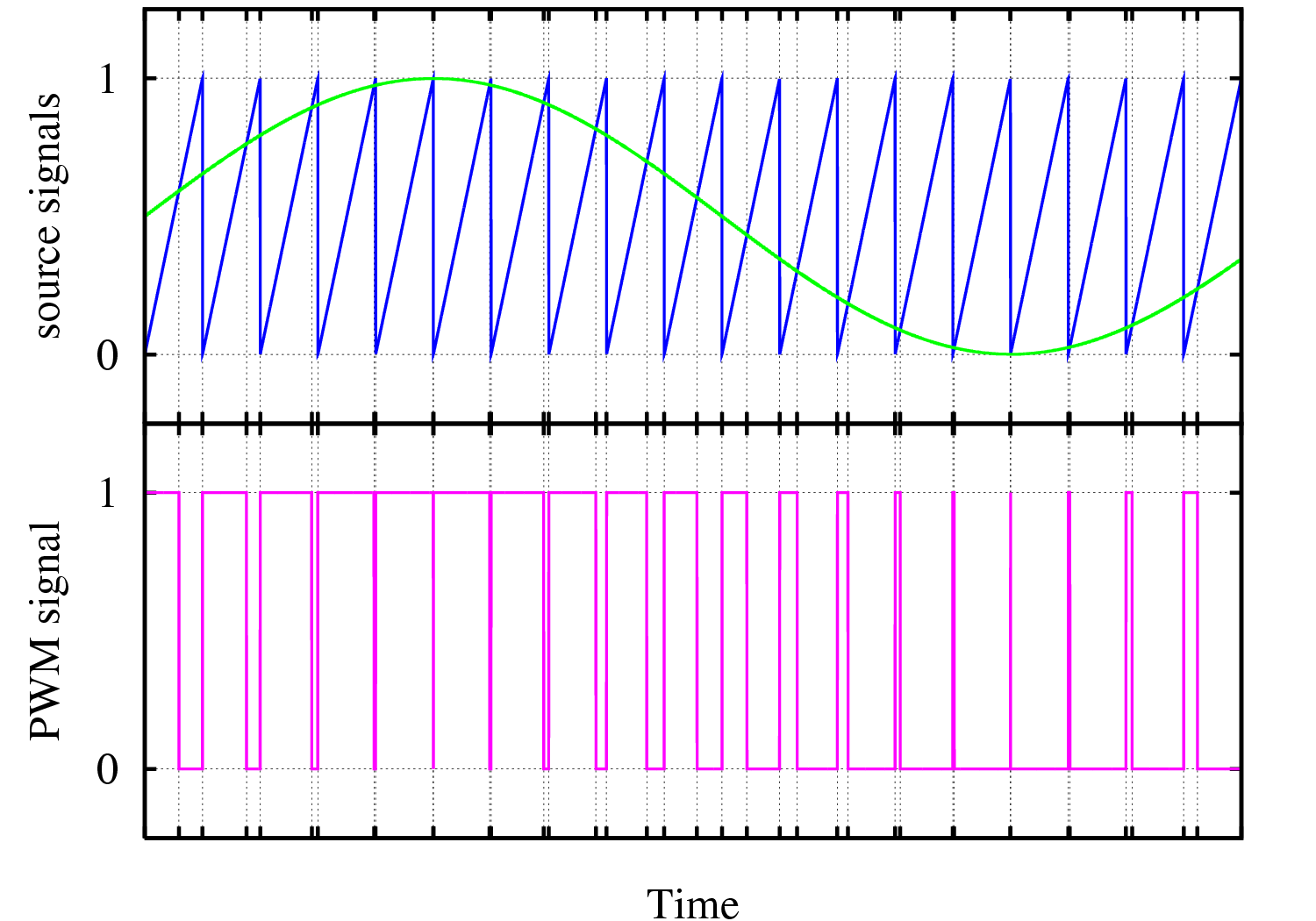Hi everyone,
I have problem with output signal of amplifier based on TAS5414A. My circuit is identical with TAS5414A evaluation module. Supply voltage is 15V. I have my circuit conect to PC with USB to I2C interface from Evaluation module. Before output inductor is rectrangle signal with duty 1:1, frequency about 400kHz and amplitude about 30Vpp. This output signal is independent of amplitude and frequency of input signal.
Where is problem? Help me...
Have somebody similar problem?
PS: sorry for my english :)


